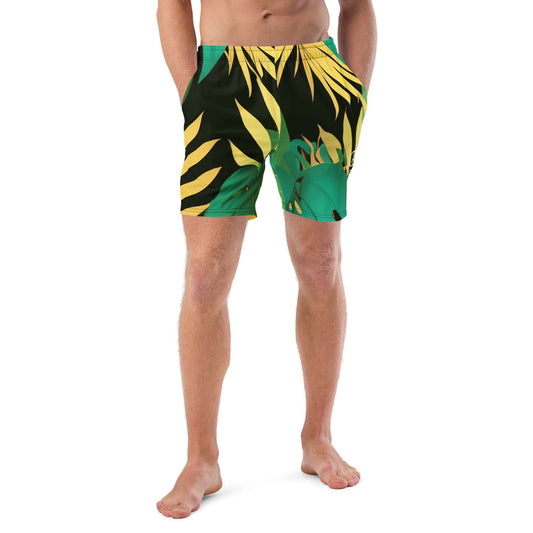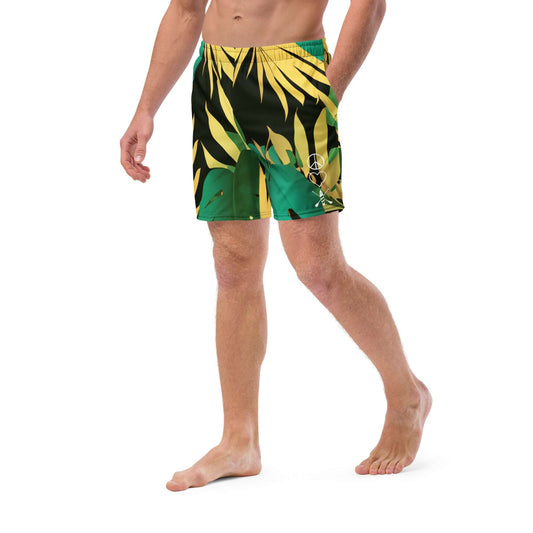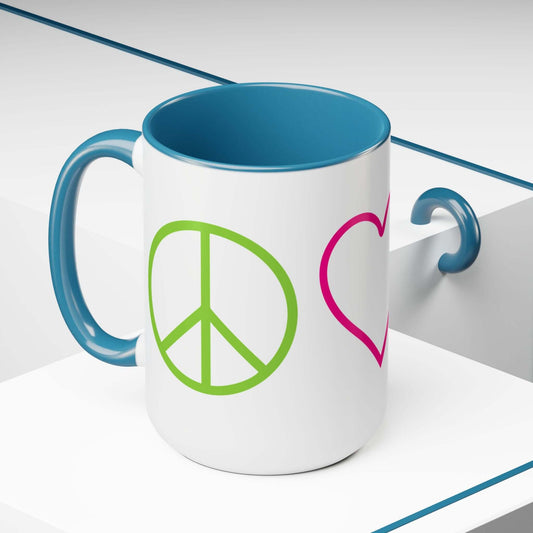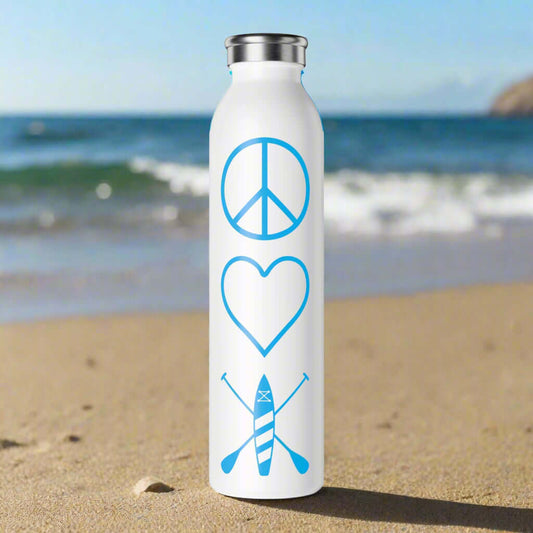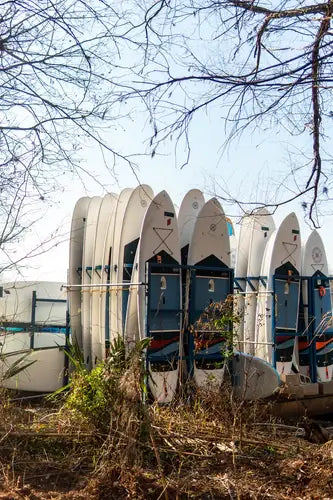
The Environmental Impact of Epoxy Paddleboards: A Deeper Dive
Paddleboarding is a thrilling outdoor activity that allows enthusiasts to connect with nature while providing an excellent workout. As the sport grows in popularity, so does the need to consider the environmental implications of the equipment used. One essential type of paddleboard is the epoxy paddleboard, known for its durability, performance, and design. In this article, we will explore the environmental impact of epoxy paddleboards and how consumers can make informed choices while enjoying activities like using a Voyager Paddleboard.
Understanding Epoxy Paddleboards
Epoxy paddleboards are constructed using a variety of materials, including foam, fiberglass, and epoxy resin. This combination results in a lightweight yet incredibly strong paddleboard. The manufacturing process involves applying layers of fiberglass over a foam core and sealing it with epoxy resin, ensuring the board is water-resistant and durable. However, the production and disposal of these materials can have profound environmental impacts.
The Eco-Friendly vs. Traditional Debate
When discussing paddleboards, it's crucial to consider the ecological footprint of both traditional and epoxy boards. Traditional boards often utilize materials that can contribute to environmental degradation, while epoxy materials present distinct advantages and drawbacks.
Pros of Epoxy Paddleboards
- Durability: Epoxy boards are robust and resistant to wear and tear, reducing the need for frequent replacements.
- Less Energy Use: Their lightweight design means less energy consumption during transportation.
- Improved Performance: Higher quality static and dynamic elements provide a better experience, enhancing the paddleboarding community.
Cons of Epoxy Paddleboards
- Production Emissions: The manufacturing process of epoxy resins can contribute significantly to carbon emissions.
- Non-Biodegradability: Unlike wooden boards or other traditional materials, epoxy boards do not decompose easily, leading to long-term environmental issues.
- Water Pollution: Chemicals used in the production process can potentially leak into waterways, disrupting local ecosystems.
Environmental Considerations
As consumers and paddleboarding enthusiasts weigh their options, it's important to analyze the larger picture and consider several factors that influence the environment.
Eco-Friendly Manufacturing Practices
One way to mitigate the environmental impact of epoxy paddleboards is through eco-friendly manufacturing practices. Manufacturers are increasingly adopting sustainable methods to produce their boards, including:
- Using Recycled Materials: Some companies are sourcing recycled fiberglass and eco-friendly resins to reduce waste.
- Low-VOC Emissions: The use of low volatile organic compounds during production can minimize air pollution.
- Responsible Sourcing: Ethical sourcing of materials can help ensure that the raw materials for paddleboards do not contribute to environmental degradation.
The Life Cycle of Epoxy Paddleboards
Understanding the life cycle of an epoxy paddleboard can provide insight into its overall environmental impact. This cycle includes:
- Production: Emphasis on eco-friendly sourcing and manufacturing.
- Usage: Paddleboards like the Voyager Paddleboard require less maintenance, which can save resources.
- End of Life: Responsible recycling can minimize waste and maximize resource recovery.
Eco-Friendly Alternatives
For paddleboarding enthusiasts looking for more sustainable options, several eco-friendly alternatives are available that can make a positive environmental impact.

Wooden Paddleboards
These paddleboards are made entirely of wood or a mixture of wood and fiberglass, making them biodegradable at the end of their life cycle. With less reliance on synthetic materials, wooden boards are often viewed as an eco-friendlier option.
Inflatable Paddleboards
Inflatable paddleboards provide an excellent alternative to traditional and epoxy boards. They are made from durable drop-stitch material that allows for easier transport and storage while significantly reducing the carbon footprint associated with manufacturing and shipping.
How to Ensure Responsible Paddleboarding
Being a responsible paddleboarder goes beyond the choice of board. Here are some tips to ensure that your paddling adventures are eco-friendly:
- Choose Cleaner Waterways: Opt for locations that are well-maintained and promote sustainability.
- Follow Local Regulations: Know and respect local wildlife and aquatic habitats.
- Promote Safety: Proper safety equipment is essential for any paddleboarding excursion. This includes life jackets, signaling devices, and first-aid supplies—helping to ensure that you can enjoy your adventure without adding risk to natural environments.
Communities and Conservation Efforts
Engaging with your community and contributing to conservation efforts can go a long way toward promoting environmental health. Many paddleboarding organizations and environmental groups conduct clean-up events, workshops, and educational seminars that not only help clean waterways but also foster a culture of environmental responsibility among paddleboarders.
Get Involved
Take advantage of opportunities to connect with like-minded individuals. By becoming involved in local initiatives, you can contribute to preserving the ecosystems that make paddleboarding possible. But it doesn’t have to stop there; think globally, and support organizations that advocate for ocean health, preserve wildlife habitats, and combat pollution.
Paddleboarding Toward a Sustainable Future
The environmental impact of epoxy paddleboards is complex but deserves careful consideration. While they offer numerous advantages such as durability and performance, the manufacturing processes raise significant questions about sustainability. The paddleboarding community can continue its legacy while transitioning toward more eco-friendly practices. Whether choosing a Voyager Paddleboard or an alternative, it’s crucial to remain informed and make conscientious decisions that benefit both the paddleboarding experience and the planet.
Transcending mere sport, paddleboarding should connect enthusiasts to the beauty of nature while remaining committed to safeguarding it. The choices we make in our gear and our actions directly impact the health of our rivers, lakes, and oceans, ensuring that these treasures remain available for future generations. By embracing sustainability, we can elevate our paddleboarding experience and create waves of positive change in the environment.













